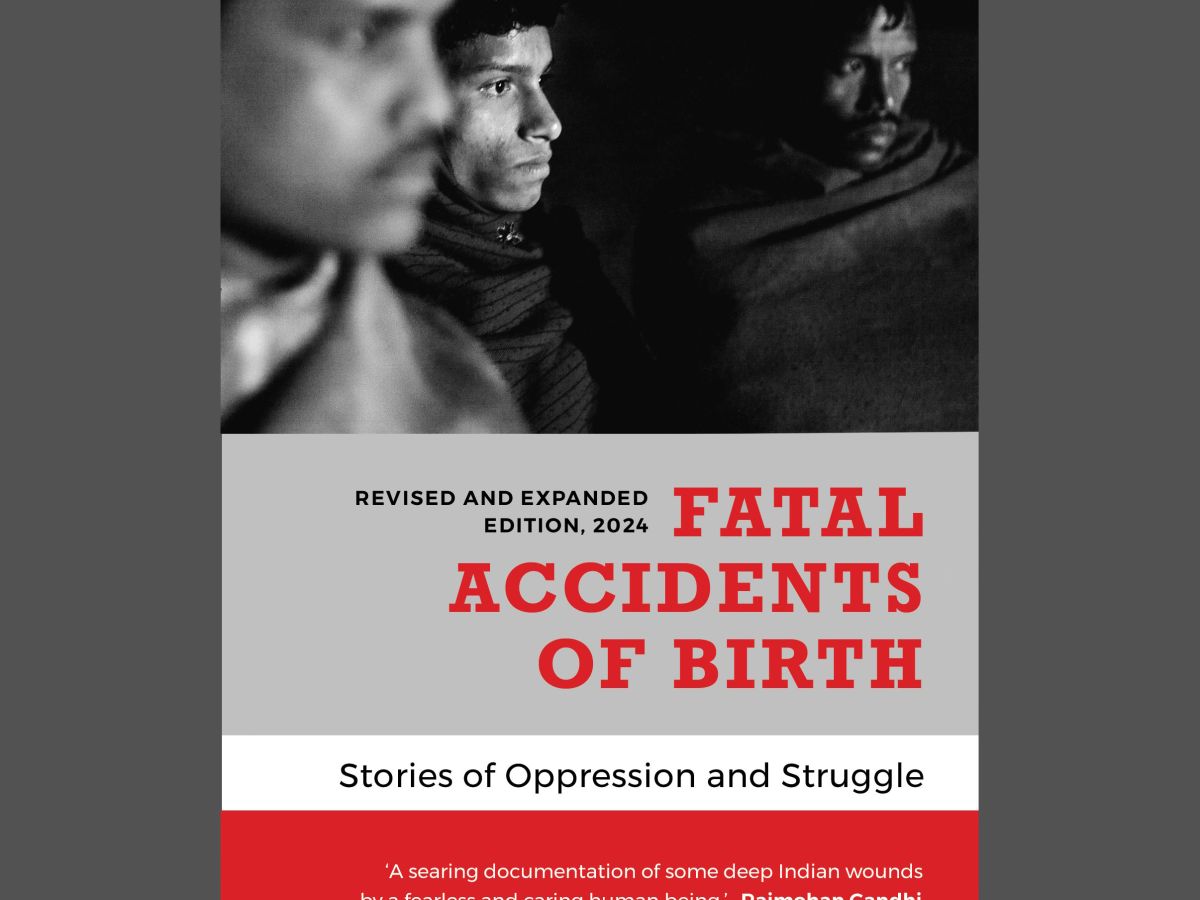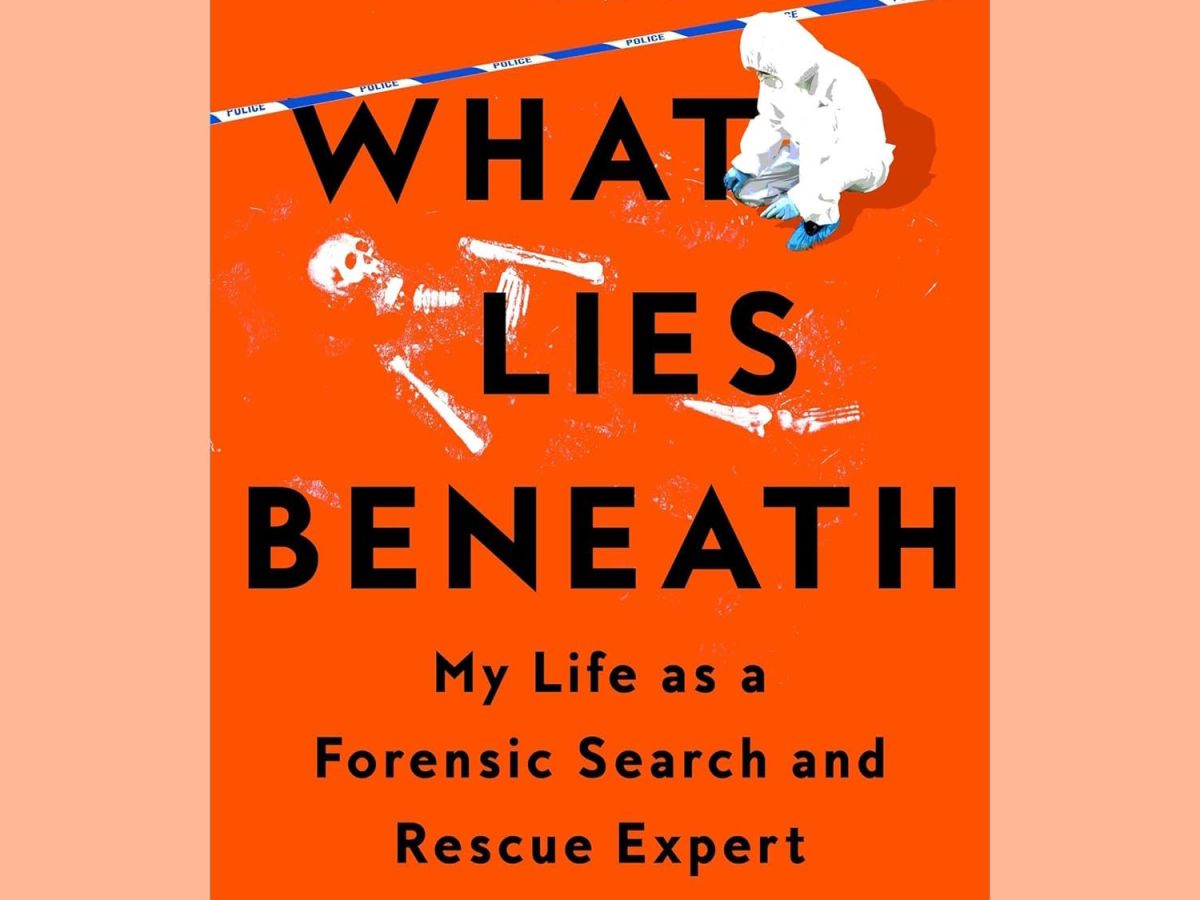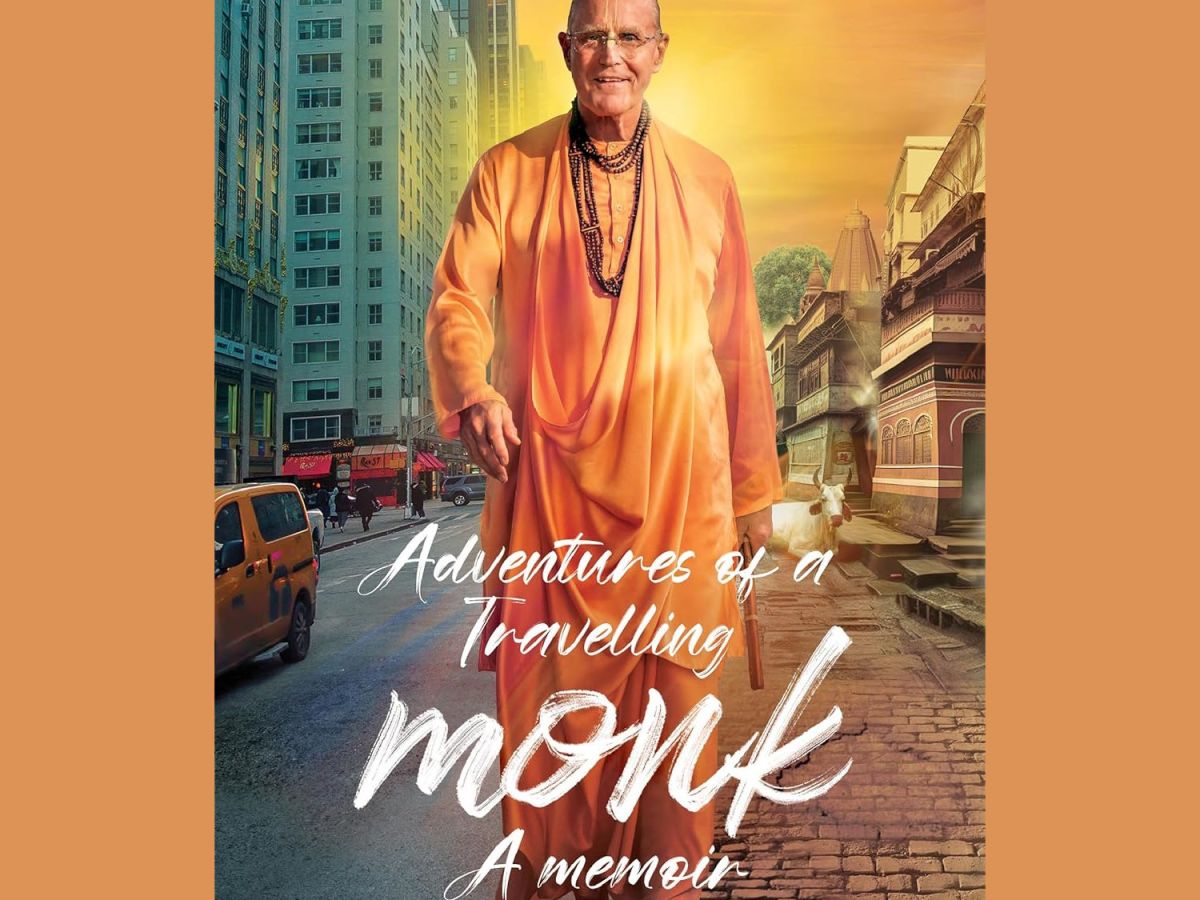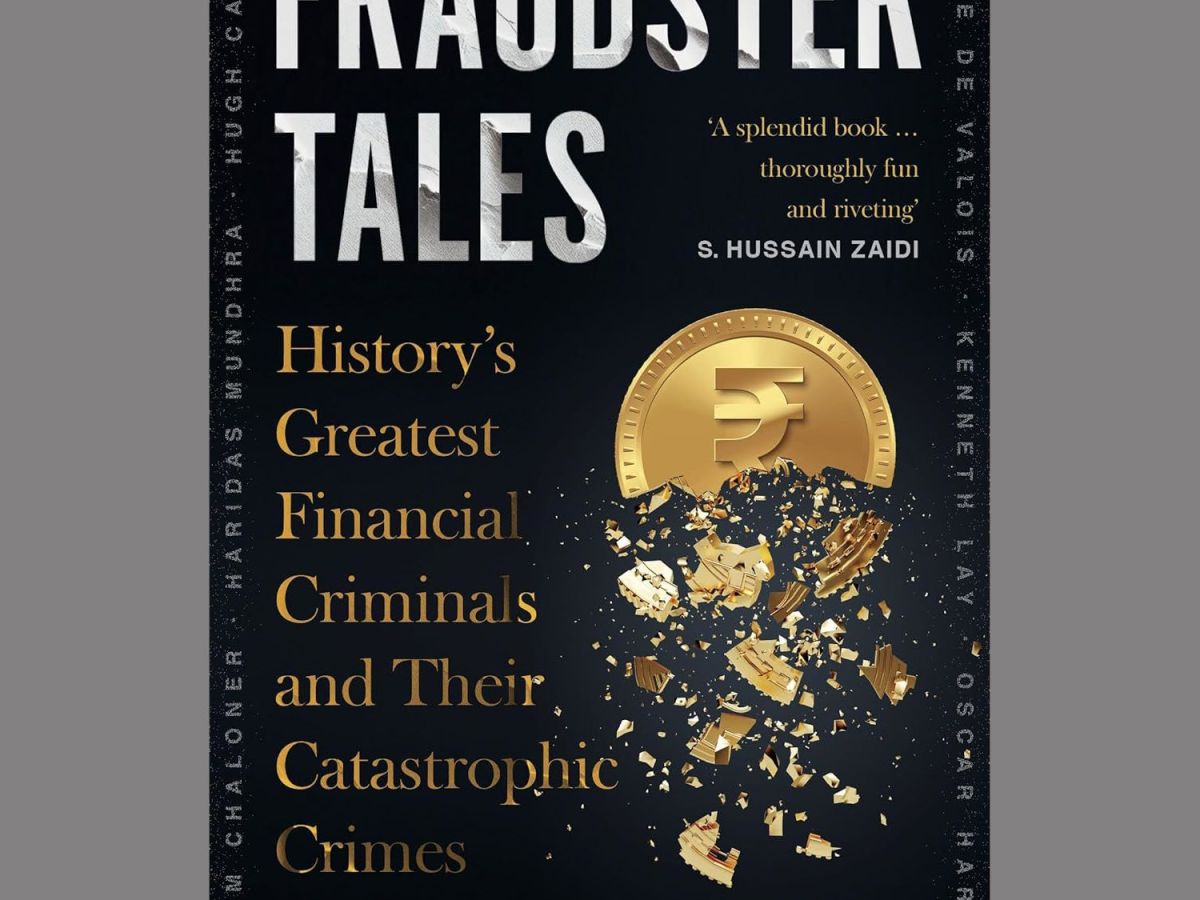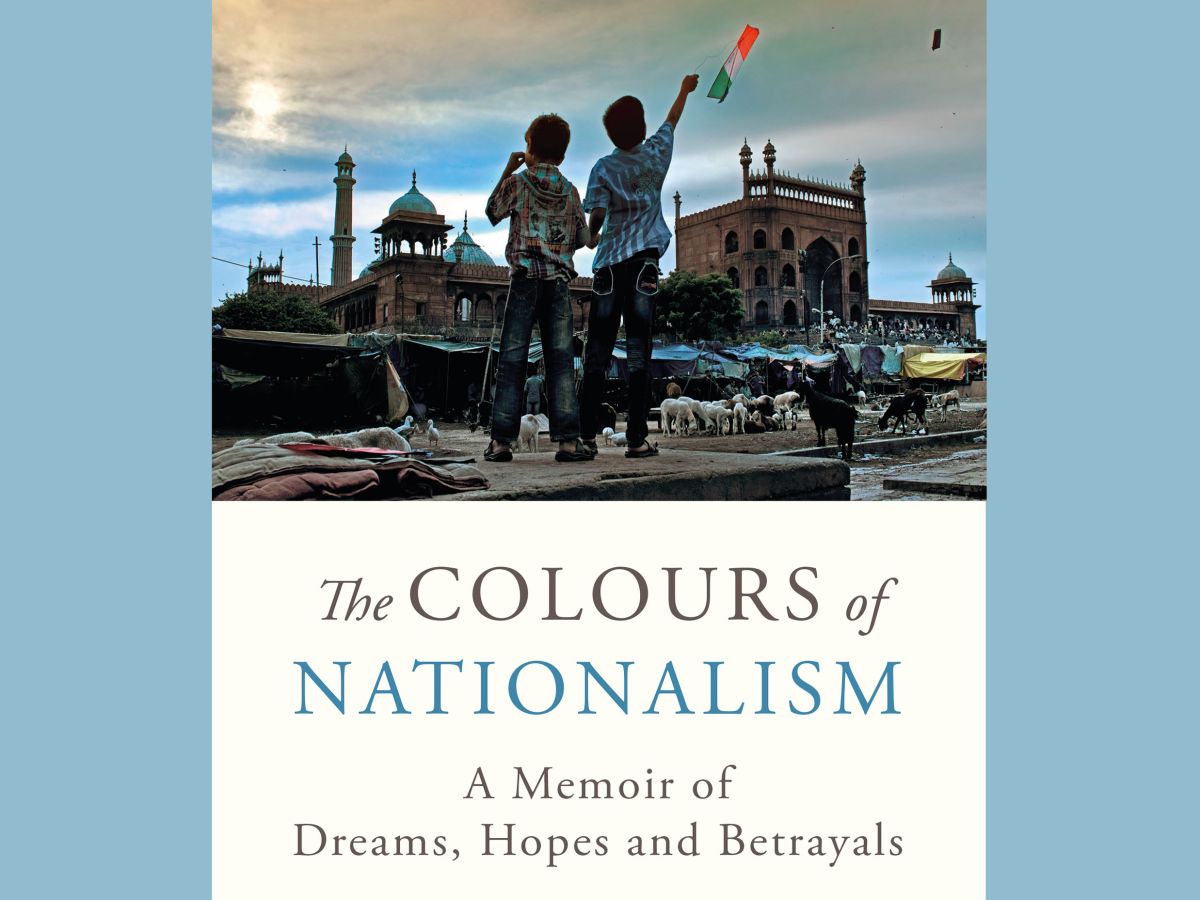An American in Hyderabad? You probably haven’t heard of the book and it is, we have to admit, a bit obscure. We discovered it while browsing Amazon for books on Hyderabad and it piqued our interest. We wanted to know more about the book and its author and a Google search revealed some details. The ‘American’ in An American in Hyderabad is David Courtney, a writer, musician and teacher of Indian music. David was born in 1953 in Houston, Texas. He went to Texas A&M University in 1972 to study Bio-Engineering, but midway through this training, he switched to music and moved to the San Francisco Bay area. There, enrolled in the Ali Akbar College of Music, in 1974, where his teachers included the late Ali Akbar Khan and Zakir Hussain.
David moved to India in 1976 to continue his musical training. He spent a few years learning tabla under the late Ustad Shaik Dawood Khan of Hyderabad. He is also well versed in dilruba, and esraj; for these instruments, he received his initial training under Sayed-ur-Rahman of Hyderabad. He has also received training in santoor under the late Hasaan Mohd., and sarangi under Mohd. Aslam Khan. David married Doordarshan vocalist N Chandrakantha in 1978 and they moved to the US in 1980. We caught up with David for a quick chat about the time he spent in India and his love for Indian classical music.
You grew up in Texas, in the 1950s and the 1960s. Back then, had the average American even heard of India and did people know anything at all about the country? What view, if any, did regular folks in the US have of India in those days?
For some decades now, the predominant world view has been one of xenophobia. Today, internationalism has devolved into globalism, which is a mere euphemism for neo-emperialism. The excesses of which have caused many people to react by retreating into petty nationalistic or communal ideologies.
However, a more benign concept of internationalism was the predominant world view in the 1950s and 1960s. The 1950s was a period when the Western world begrudgingly realised that isolationism was an impossibility in a post-WWII world. By the 1960 this mere acknowledgment changed to an absolute xenophilia. In this mood of internationalism, the position of India was extremely strong. The sitar was a ubiquitous component of popular music. The Beatles’ embrace of Transcendental Meditation, and the popularity of a number of Hindu traditions, all placed India front and centre. The overall view was that India was an exotic and romantic place. The manner in which India was embraced was very superficial; but it did make awareness a ubiquitous part of growing up in the 1960s.
How did you first get interested in classical Indian music? The music scene in the US was (and is) so dramatically, wildly different from how things were in India. So, what was it that attracted you to Indian classical music in the first place? Did any of your peers share your love for Indian classical music?
My interest in Hindustani sangeet was something that happened over a two-year period. It started with my own contrarian personality. I tended to reject the more popular music of the period, instead taking interest in more obscure music. In particular, I was 16 when I became a great fan of a Scottish group called ‘The Incredible String Band.’ They performed music that today we would call ‘fusion.’ One member of this group was named Mike Heron; he was a very competent sitarist. This stimulated my interest. Over the next few years I acquired albums of such great masters as Ravi Shankar, Ali Akbar Khan, et al.
With the passage of time, popular music moved in a different direction; but my taste was fixed. I was fully directed toward Indian classical music. There were two individuals who solidified this interest. One was Jayant Kirtane, who had a radio program of Indian classical music here in Houston, and the other was Kamaljit Singh Kalsi, who was a competent violinist. They not only solidified my interest, but also taught me the basics.
As far as my peers were concerned, I was pretty much on this path alone.
In order to pursue your love for Indian classical music, you joined the Ali Akbar College of Music in California, but later decided to leave, and go to India. Was music the only motivating factor behind your decision to go to India?
It was in the middle of 1973 that I had major reservations as to the direction my life was taking. At the time, I was a student of Bio-Engineering at Texas A&M University. I was looking ahead to a life of smothering conventionality. The world was too big, and life was too short for me to fritter it away slaving for some corporate overlord. I knew I had to find a way out.
Therefore I left everything. I left the university, my home, my family, my girlfriend – everything! I moved to the San Francisco Bay area in the early 1970s to attend the Ali Akbar College of Music. My family did not really understand, but they were supportive. The US was just emerging from one of the most culturally tumultuous periods of its history. My parents took the view that the whole world was changing. They did not understand what was going on; so they could not really give me any advice; but they encouraged me to do what I thought was right.
At the Ali Akbar College of Music, I had access to the finest Indian musical instruction in the world. My general music instructor was the late Ali Akbar Khan, and my instructor on tabla/pakhawaj was Zakir Hussain. My instruction was world class, but I was starting to see a problem. Most of the students had difficulty transitioning out of their studentship. It occurred to me that, in spite of the high quality of instruction, learning classical Indian music in California was itself problematic. It was similar to learning the blues in Scandinavia. Music cannot be cut off from the culture which engenders it. Therefore, after a couple of years I realised that I had to leave.
You landed in India in 1976, right in the midst of the ongoing ‘emergency’ that had been declared at the behest of then PM, Indira Gandhi. What were some your first key impressions of the country? Were you still convinced you’d taken the right decision in coming to India?
My feelings upon reaching India were mixed. However, I never seriously thought that going to India was a mistake. As far as the Emergency was concerned, it was the only India that I had ever known. It was only much later that I realised that it was an extraordinary time.
The Hyderabad of the 1970s must have been so far removed from the Texas / California of the time that it may as well have been on a different planet. Tell us about the struggles you faced initially, in your early days in Hyderabad?
Yes, Hyderabad was very, very different from Texas. But it wasn’t just the Texas/India difference, for India itself has changed radically. Anyone raised in post-globalisation India cannot really understand how different things were back then. Going into particulars of my adjustment are simply too numerous to even try and describe.
Tell us the story of how you met Chandrakantha, whom you later married. Given the very conservative outlook most Indian parents had back then, along with the widely prevalent practice of wanting to marry within the same caste/community, how did you convince her parents – and the lady herself – to agree to your proposal of marriage?
Yes, this is a question which comes up a lot. I met Chandra on the day of the marriage proposal; it was an arranged marriage. As such, there are two different perspectives on the situation; there was one on my side, and another on her side.
On my side, the story is surprisingly simple. Almost from the day I arrived in India, the elders would jokingly say, ‘We will have to find a nice Indian girl for you.’ But as the years went on, it became less of joke. In order to put this into some context, we must remember that Indian society was, and to a great extent still is, a highly structured social matrix. Within which, every individual has tight and well-defined roles. The role as brother, sister, mother, father, son, etc. have well defined responsibilities and prerogatives. But the position of the mehmaan (guest) is not permanently sustainable in the Indian mindset. One starts to refer to people as bhai, behen, chaacha, maaji, etc. This becomes more than mere terms of endearment, for it actually begins to define the nature of the relationships. Consequently, by my third year, I had acquired a complete surrogate family structure. This was the structure from which things moved on my side.
The perspective on Chandra’s side was naturally different. She comes from a Telugu Christian community. The fact that I was at least nominally a Christian, made their acceptance of the match more acceptable. But there were a number of factors which made them hesitant about giving their daughter to someone from their own community. The first issue was Chandra’s profession. She was a vocalist with All India Radio and Doordarshan. Without exception, all of the proposals that came from within her community stipulated that she would have to stop singing after marriage. Chandra’s father was very supportive of her musical career, and was adamant that quitting singing was not an option. On one occasion, he even went as far as to say that he ‘would strangle her with his own hands’ before he would submit to giving his daughter in such a match.
There were other factors as well, most notably her age, She was 24. Today it is laughable to consider a 24-year-old girl to be past her prime; but in those days she was starting to be considered an ‘old maid.’ This implied more than mere social difficulties, because this came with very real consequences. A particular problem with age was the dahej (dowry). As you know, this is money and property given to the boy’s family upon marriage. The problem was that after about the age of 22, a girl’s dowry goes up sharply, if (god forbid) a girl should hit 30, then the dowry would be so much that marriage might become impossible. From the perspective of the 21st century, this may seem unfathomable; but it was a very real situation. Therefore, I was a marriageable Christian boy that was making no demands for dowry, and was willing to further her career rather than crush it. This made me very desirable in their minds.
You play and also teach the tabla. In the US/India, how has the interest in Indian classical music changed and evolved in the last 4-5 decades? Do you find that some young people are still as keen on learning to play traditional Indian instruments like the sitar and the tabla? Also, what are your views on how Indian classical music itself has evolved in the last few decades?
The entire world is different today. Virtually every percussionist knows what tabla is, and it commands extreme respect. It has lost much of its ‘exotic’ connotation, and is today considered just another part of the tapestry of world percussion. As such there are many young people today who learn it. Probably more significant is the social connotation behind learning the tabla. In the old days, this was a highly questionable endeavour among Indians. Tabla players were considered to be little more than drunkards in the employ of tawaifs. However, ambassadors of the instrument such as Zakir Hussain, have given it an air of respectability.
Learning tabla has acquired positive connotations from several directions. One of which is a change in class associations. Typical middle-class Indians send their children for tuitions to boost their academic performance. This is considered essential for getting into good universities and ultimately to getting good jobs. But the presumption is that if one is sending their son (or daughter) to learn tabla, then one must be rich enough that there is no concern about such mamooli matters as their future employment. Therefore today, it has started to acquire a higher socio-economic class association than it had in the past.
There is an alternative positive viewpoint; one which is based upon religion. Among India’s Sikh community, it is connected with the concept of Gurumat Sangeet, and thus a form of devotion. A similar association is found among the Swaminarayan sect of Hindus.
These are common feelings concerning learning Indian classical music; but there is also the topic of the music itself. One will find it common to read articles about people who fear that classical music is a dying art. They raise the alarm now, but they raised it 50 years ago; and they raised it a century ago. There is the perennial complaint that gimmickry is replacing purity. Ultimately it all comes down to change. Many people confuse change with corruption. They forget that for any vibrant system, change is the sign of life. The moment classical music becomes stagnant, then that is the time to worry; because then it truly is dying.
For more details, take a look at Chandrakantha.com
Get your copy of An American in Hyderabad
Format: Paperback / Kindle
Number of Pages: 318 / 406
Price: Rs 1,870 / Rs 449
Available on: Amazon
adventure advertising Apple astrology audiobooks Banaras best-of lists Bombay book marketing business Calcutta cheap reads cityscapes corporate culture crime design fiction food Hinduism hippies history India Japan journalism journalists libraries literary agents memoirs memories money Mumbai music my life with books Persian photojournalism publishers publishing religion science-fiction self-help technology travel trends Varanasi wishlists


